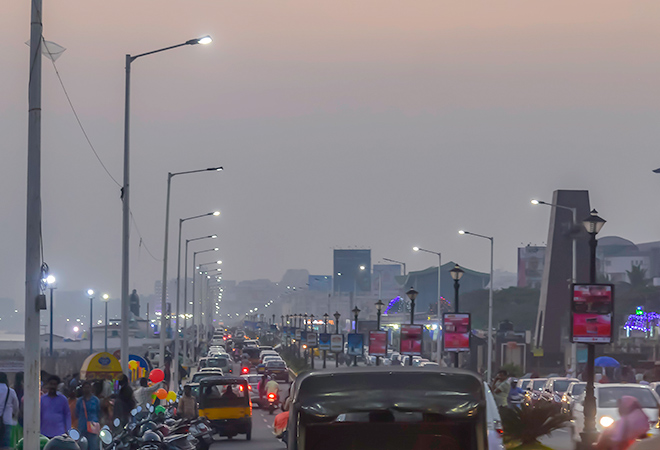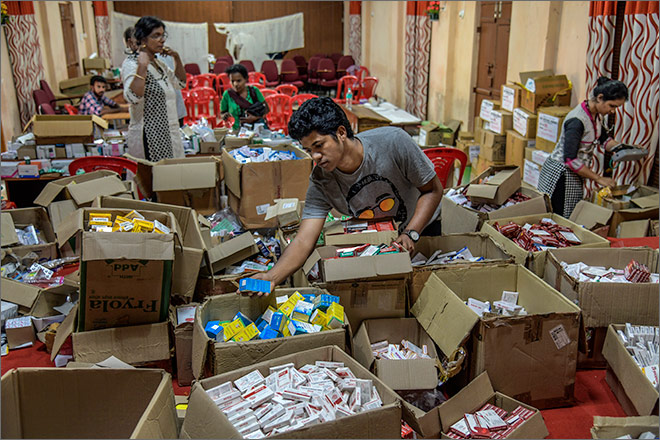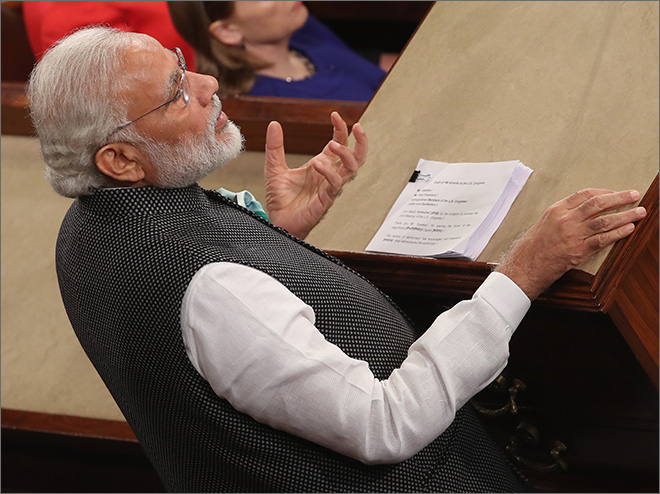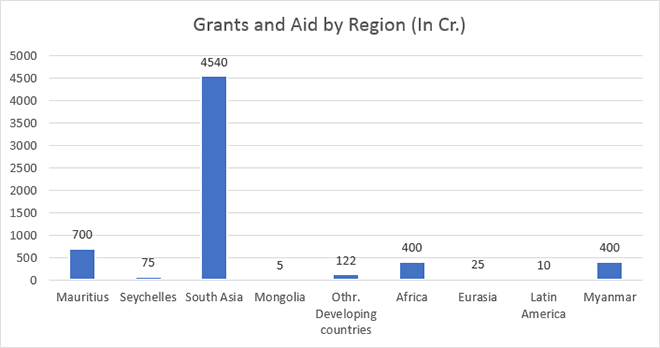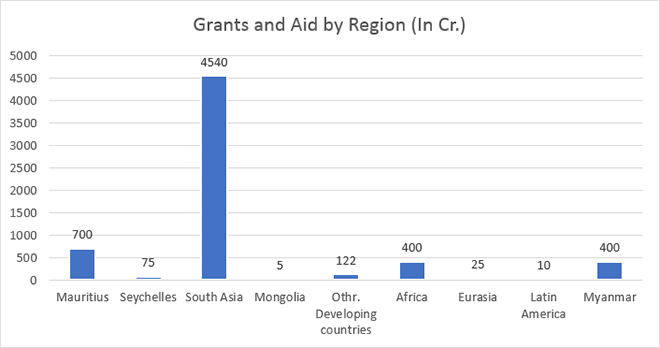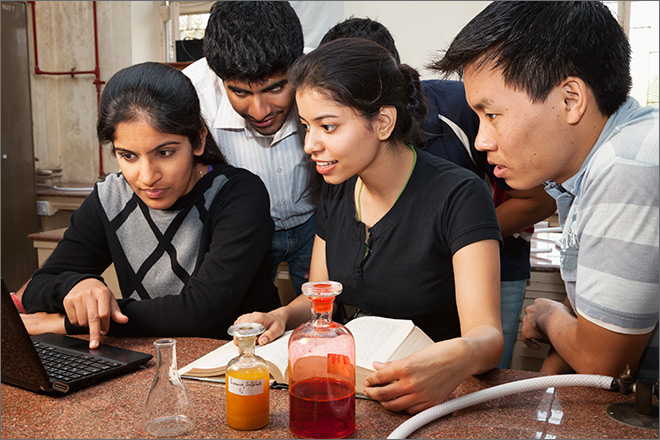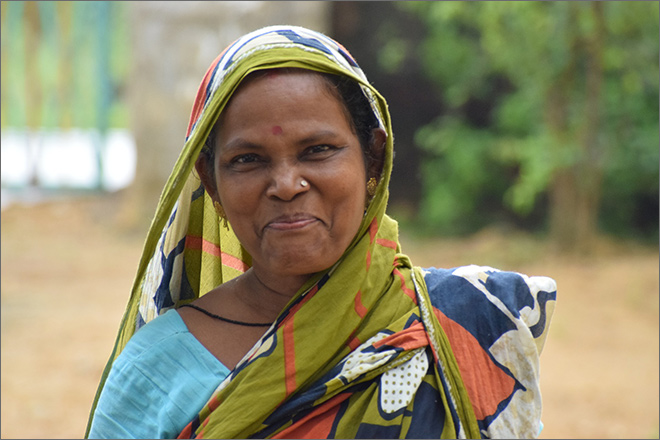The reordering of global power relations with the emergence of the East has begun to alter the West’s imagination, narratives and processes of self-identification. One discernible and strengthening trend arising from this changing political landscape is the increasing deployment of reductive stereotypes in the Western media, reminiscent of the colonial era when the West appropriated to itself the “burden of civilising the savage” East.
This effort to devalue, deplore and defame the East is now a recurrent theme and, perhaps, is an attempt to define oneself as distinct from the “other” in these troubled times. More insidiously, it is also deployed as a method of control and as a projection of a superior agency for achieving definitive economic and political goals. Simply put, the West seeks to tower above all by diminishing the East.
With its increasing economic influence (the pandemic notwithstanding), greater presence in world affairs, and an emerging and louder identity (with passionate supporters and detractors), India’s actions and policies have come under close and often critical scrutiny in powerful sections of the liberal media in the Atlantic system. This, by itself, is both natural and unsurprising.
What is disturbing is the near universal, vicious and negative portrayal of a land that is proud of its democratic politics (just as many other nations are), with a loud, disruptive and often aggressive media, and mobilisations led by communities that have toppled governments and, sometimes, catalysed perverse outcomes. It is a far from perfect, largely low-income country, with its fragilities debated with gusto at home and judged at the hustings repeatedly. What is curious about the naked aggression of the liberal Western media is its visible conflation of the domestic debates of their land with those in foreign lands; their sense of loss of their old place and space and the externalisation of grievance onto the “outsider”; and, their weaponisation of differences in much the same manner as their far Right counterparts.
Many a time, this “reduced” portrayal of India or other lands may be just journalistic or editorial carelessness. When it does happen, it must be called out and now is a good time to engage with this trend. The distasteful grammar, and gloomy imagery that dominates Western coverage on India says less about the country under the scanner and more about the malaise within media organisations as they move from editorial and ownership structures of the past to the digital and decentralised realities of today. The ugly underbelly of a section of the media continues to reveal itself as it engages with India and its efforts in coping with the Covid-19 pandemic.
Over the last two months, organisations such as the BBC, the Atlantic , the Washington Post and the New York Times, among others, have run series of reductive commentaries on the state of India’s preparedness and its capacity to deal with the Covid-19 pandemic. If we are being honest, they are being biased and blasé about it.
From alarmist commentaries (one report hypothesised that half of India could be infected!) and ridiculing the capacity and agency of the government, to deriving vicarious delight by focusing on well-known social inequities, their reporting has been “misery porn” with the spotlight being on India’s vulnerabilities and shortcomings in the fight against the pandemic. These are embellished through a cleverly selected presentation of events and facts; compelling images of poverty, denial, and deprivation; and, an overdose of virtue showboating.
The recurring portrayal of marginalised communities and migrants lacking economic, social, and political agency is presented as distinct from the values of esteem, equality and harmony, which form the bedrock of a “civilised” society. This narrative deliberately ignores the universal acceptance of these “ideals” to meet its singular objective — the perpetuation of a needless discourse of discord instead of a more worthwhile debate on the failure of globalisation and the extant economic models, something which is on stark display around the world.
This media narrative on India is perhaps not meant to only highlight inequality within the country because inequality is all prevalent around the world, more dazzlingly so in the West. It appears to be an attempt to distance a country and its mainstream from the civilised “self” which resides in the moral and emancipated world of publishers, editors and reporters. India and its large population are being painted as the proverbial “other” even as New York, the beacon of Western civilisation, is being scorched by the scourge.
Incidentally, and expectedly, many of these reports have been penned by native authors. This old trick affords plausible deniability to the publications against any allegations of White bias or racism, which is still resplendent in each of these reports. Nobel Laureate professor Amartya Sen and renowned pan-Africanist and political philosopher Frantz Fanon have argued how centuries of colonial subjugation and cultural infantalisation have left deep imprints on the self-image of the colonised, with the natives often viewing themselves and their cultures through the coloniser’s prism of prejudice. This phenomenon is one of colonialism’s most dehumanising byproducts and has now achieved viral potency alongside the pandemic.
Literary critic and linguist Namvar Singh, in his essay Decolonising the Indian Mind, alluded to this desperate urge that resides within Indian English-language writers to be accepted and understood by Western audiences as being part of their own identity continuum. The absurdity of the writings are, therefore, astounding. Just how absurd can be guessed from the assertion that a country with a per capita income of $2,000 must have the governance infrastructure and attributes similar to those with multiple times the resources and capacity — the leitmotif of much that is published on India. What is often forgotten in the “one village” discourse perpetuated by this class is that this village never was and never will be. This pandemic is the story of “millions of villages” seeking their own salvation as the “global ethic” promoted by the liberal media was the first victim of, and culprit-in-chief for, the pandemic and its heavy toll.
For a nation the size of a continent with many inherent challenges, India’s response has been bold and feeble at the same time, just as it has been universal and differentiated. While states such as Kerala and some others appear to have contained the crises well, other states with more complex and complicated politics are battling to keep this virus in check. There are shortcomings galore but most importantly, there is resolute intent across society and politics to fight the pandemic. States are adopting different models — unique to their local situation — drawing heavily from aspects as diverse as their specific cultural practices, topography, information systems and technology, along with government intervention.
Arguably, some states in India have outperformed some of the developed nations. A fair and balanced reportage should have presented these myriad experiences in combating the novel coronavirus, rather than just those narratives that build stereotypes and biases. In fact, the odd positive story out of India has the focused objective of establishing chaos and disorder as the norm — the outlier province with West-like predisposition, the snake-charmer and the bazaar magician, the bandar and the bandarlog, and other such notions lurk among words and between lines. This is reminiscent of the debates in 19th-century Britain with its praise of some quaint developments in India and its resolute determination to tame the East.
Celebrated political thinker Edward Said situated this impulse in the colonial domination of the non-West by the West, and the attendant perceptions of superiority that accompanied such domination. He argued that the West was able to manage, and even produce, the non-West by projecting itself as progressive, rational, civil and humanistic as opposed to the non-West. This reductive narrative was a purposeful one, created to morally justify the colonial enterprise and legitimise the civilising mission which was the “White man’s burden”.
This civilising purpose perpetuated through literature, popular culture and politics for over two centuries has not only informed and influenced the trajectory of colonial politics and popular Western imagination, but has also become embedded as the indisputable truth, forever colouring Western understanding of the Orient.
Starting with James Mill’s influential History of British India (1817) to Katherine Mayo’s Mother India (1927), diminished narratives on native agency, Professor Amartya Sen argues, have informed the views of generations of the Western intellectual and political elite, from Alexander Duff to Theodore Roosevelt and beyond. Works such as Rudyard Kipling’s White Man’s Burden, whom George Orwell called the “prophet of British Imperialism”, are considered reflective of this seemingly benign ethnocentric trajectory of colonial discourse.
French Jewish thinker Emmanuel Levinas traces this bias to the West’s philosophical bearing, where identity is sought in the indurate logic of the self, rather than the expression of self in relation to difference. This predisposition manifests in a skewed representation of non-Western experiences. It is the cornerstone of the age-old identity debates that have troubled and defined human interactions. The sense of “Us versus Them”, or our superior agency versus theirs, proliferates the reports around Covid-19. The articles in the New York Times deploy a lack of empathy to create the “identity distance”. The Atlantic deploys lack of agency as a missing virtue, and social inequity defines the coverage of the BBC and the Washington Post in this instance. Unfortunately, the pandemic has a different tale to narrate.
A study of infection patterns in New York, for instance, presents vivid glimpses of elite depredations. The Black and marginalised communities have been significantly more affected than the rest, with one report assessing that Black Americans were thrice as likely to die from the infection than their White compatriots. The virus has indubitably driven a wedge between the economic haves and have-nots in the US, with significantly higher than average infections and deaths even among caregivers, who are people of colour, than their White counterparts. This isn’t very different from the Indian experience where the more impoverished are facing the fury of the pandemic.
Universally, and without exception, catastrophic events such as the raging pandemic tend to disproportionately affect the economically and socially marginalised more. In India, struggling migrants seek a path back to their hamlets. In the US, the rich and powerful escape to the Hamptons. This is an identity discourse of another variety that poses the same question for all humanity on the form and format of our economic agenda and priorities.
Colonial biases and stereotypes form an intractable part of the Western subconscious. However, the representation also needs to be viewed within a grander scheme. Beyond the articulation of the reductive occidental logic, it also offers a convenient moment for some to mobilise the newly dispossessed intelligentsia against the new nationalist urge that is shaping India’s political and economic discourse.
The story of the media reportage on India’s response to Covid-19 is, perhaps, not about the country’s efforts and its successes and failures. It is a narrative of perverse politics where the increasingly under threat elite opinion makers — the post-colonial custodians of virtue — are expressing (through their media) their contempt for those who do not see their path as either divine or preordained. This is political coverage, not one on the pandemic, and it has been scripted with the ink of exclusion.
This commentary originally appeared in Newslaundry.
